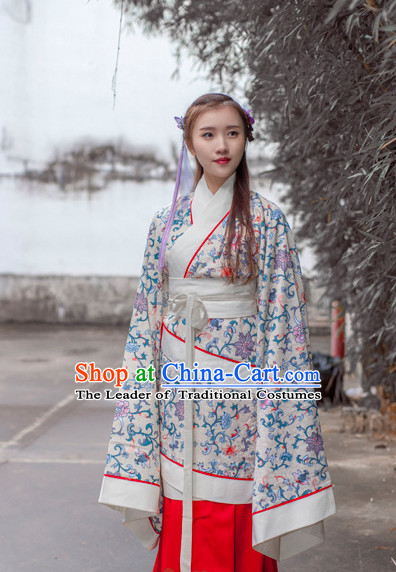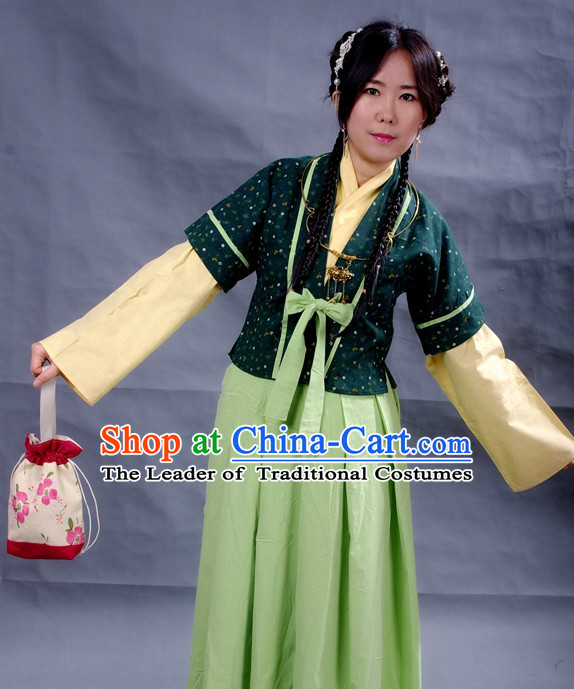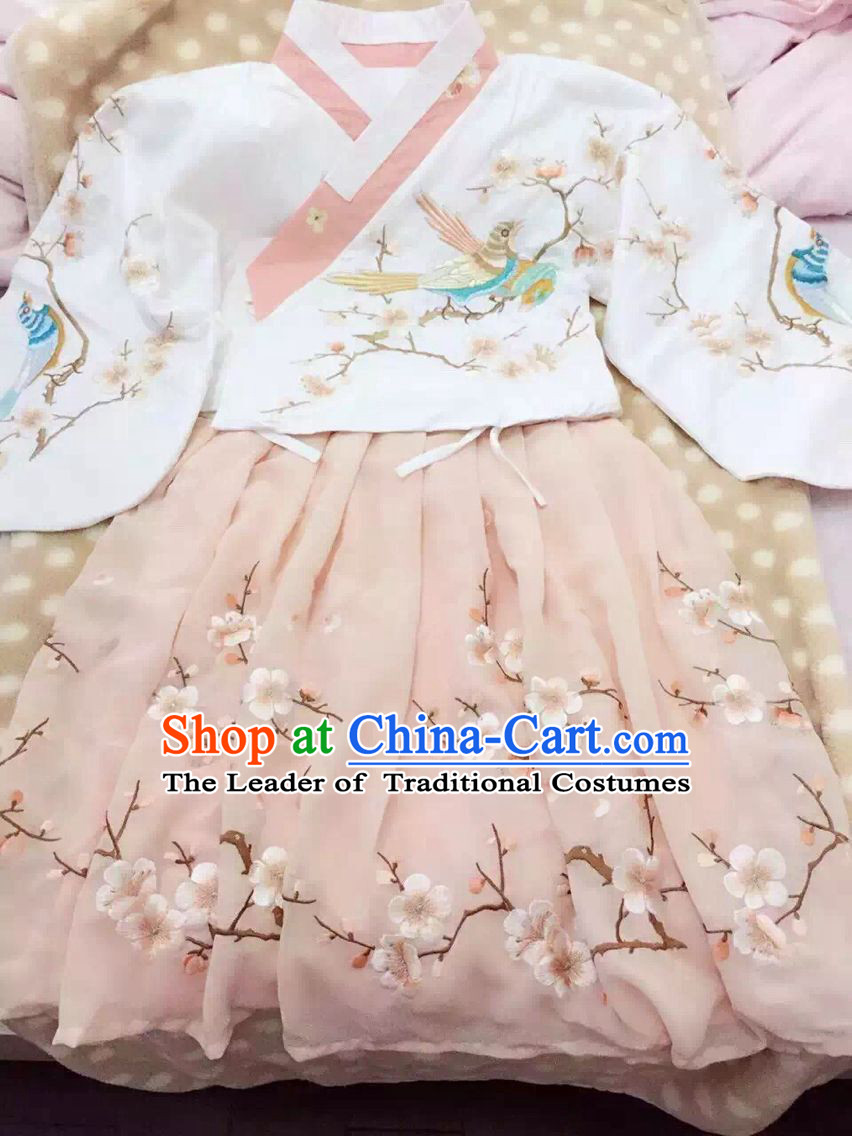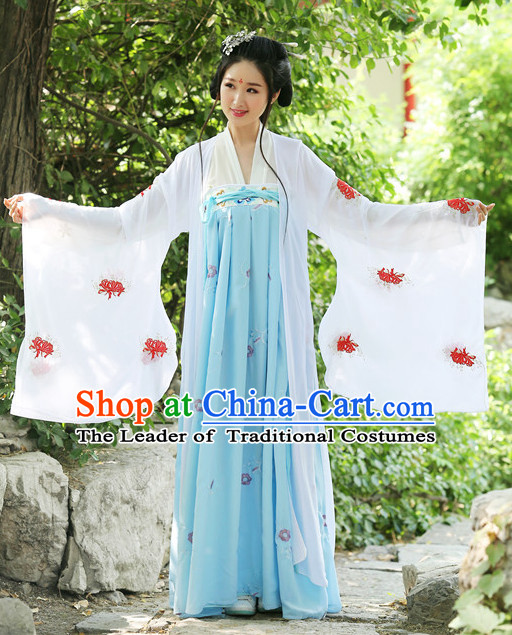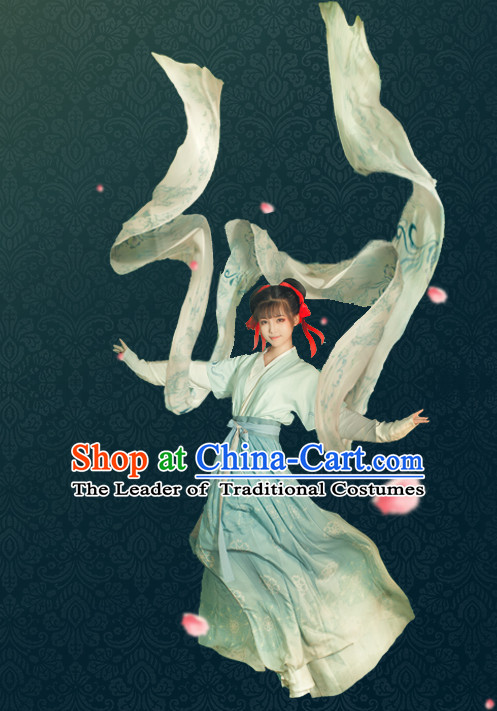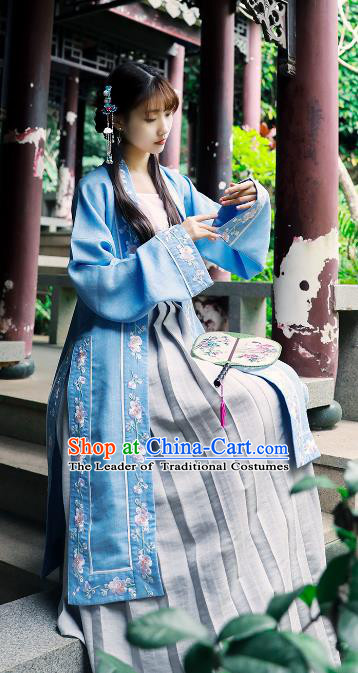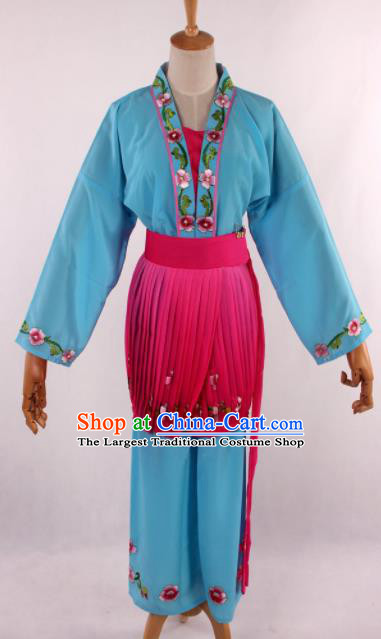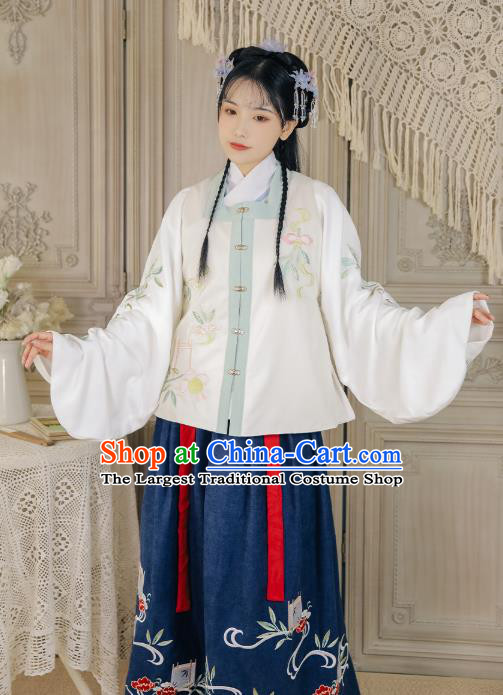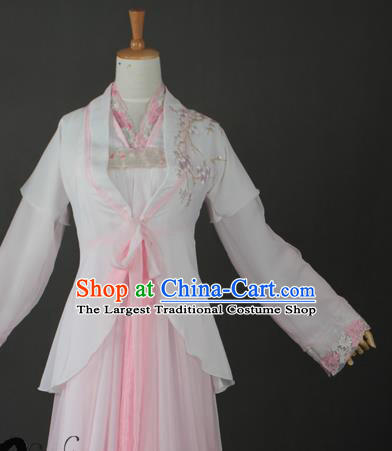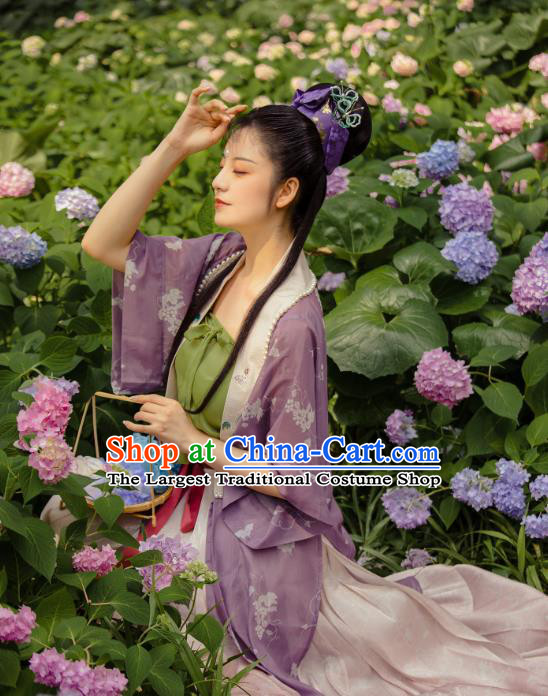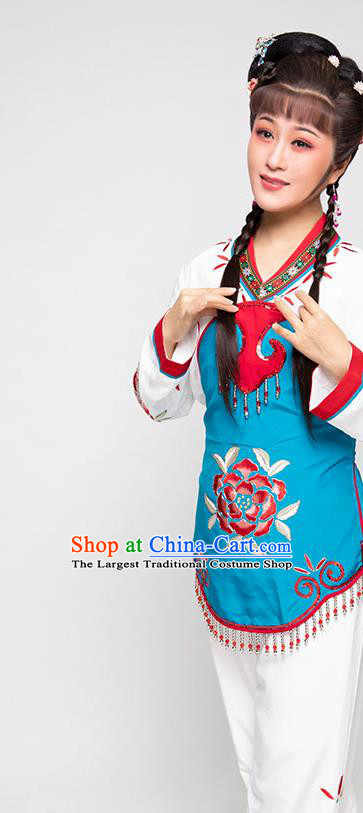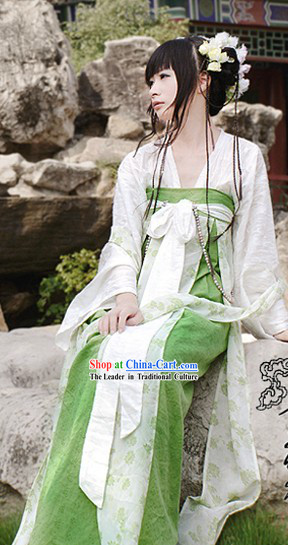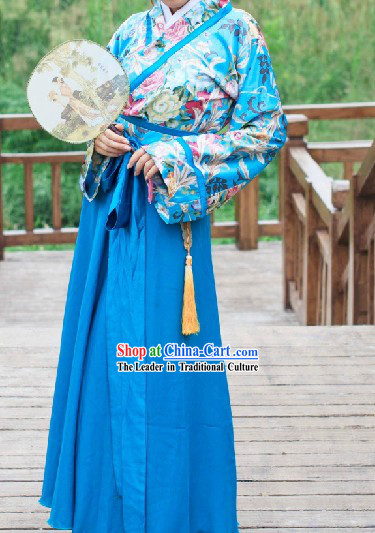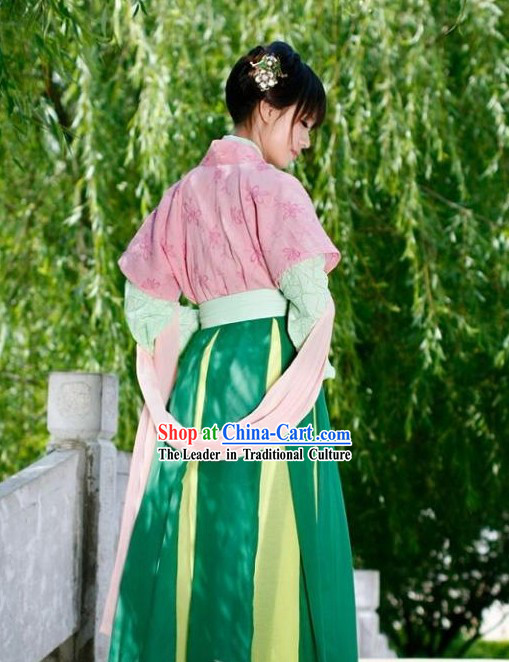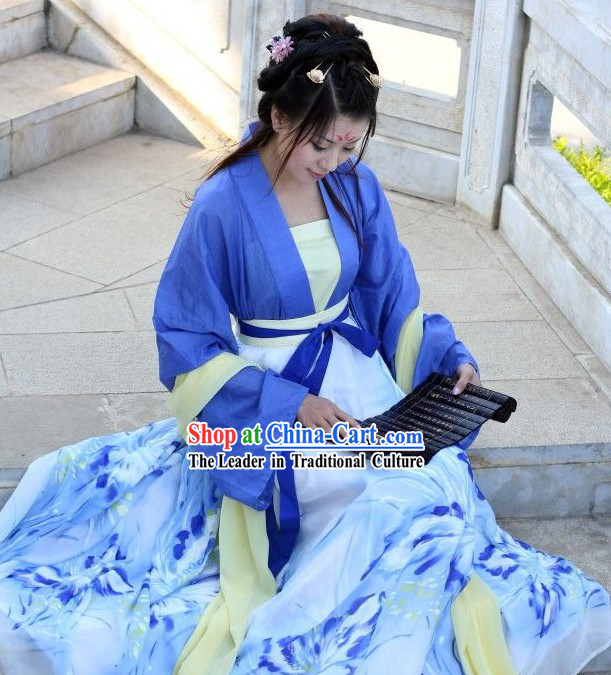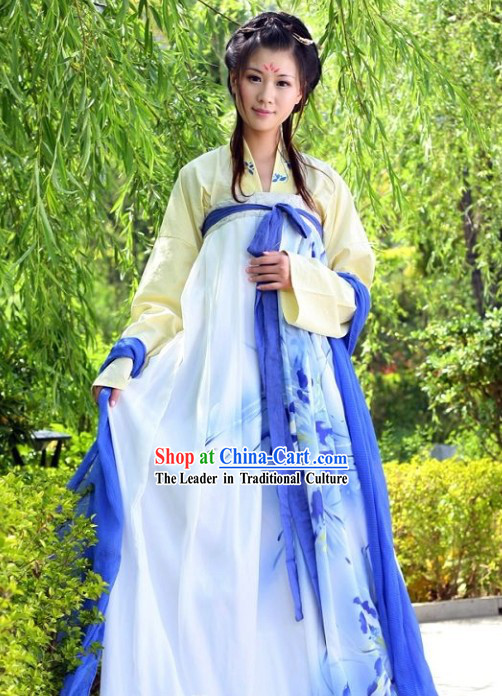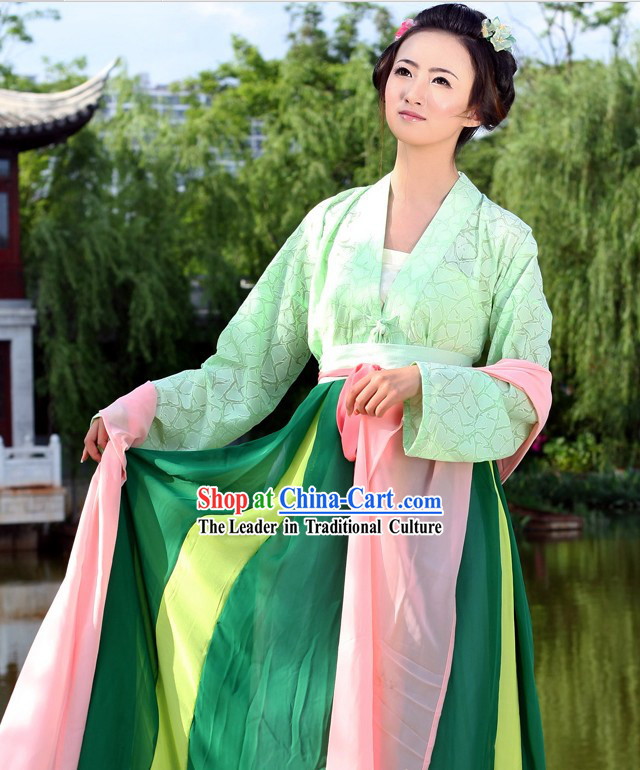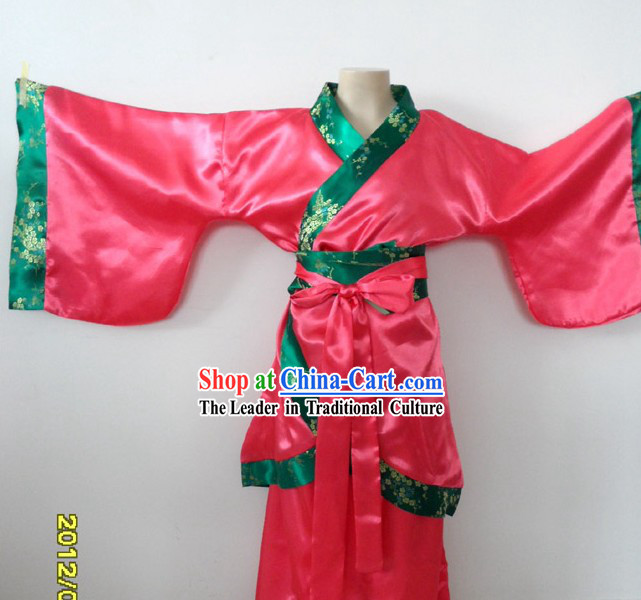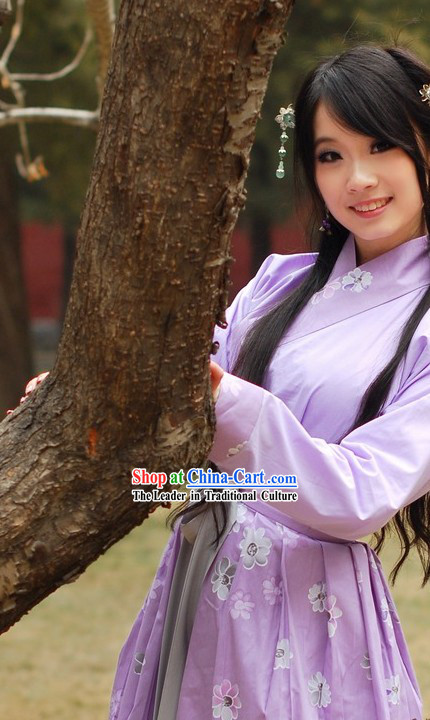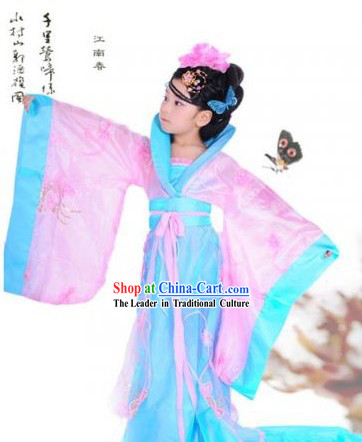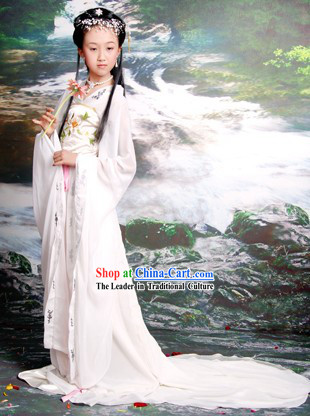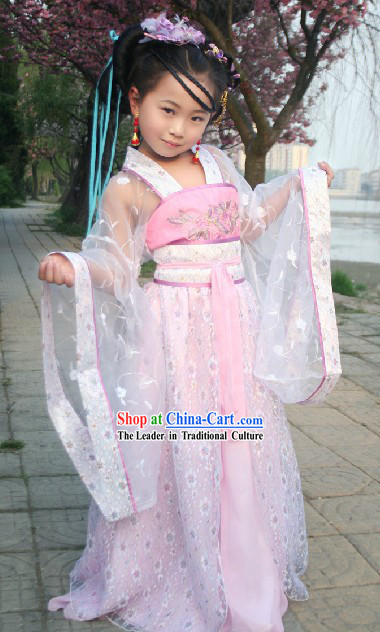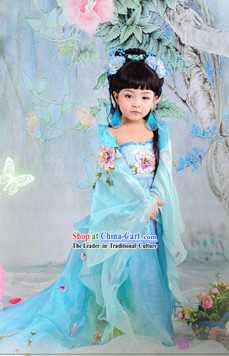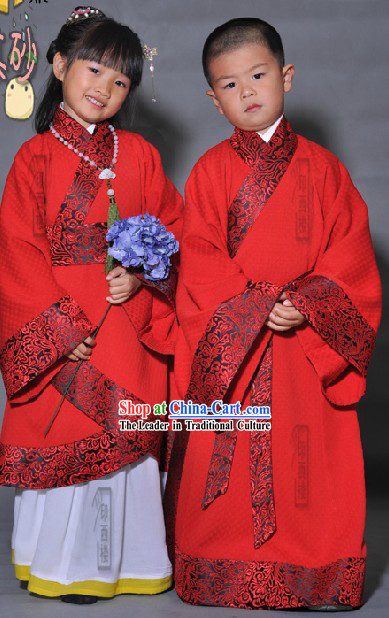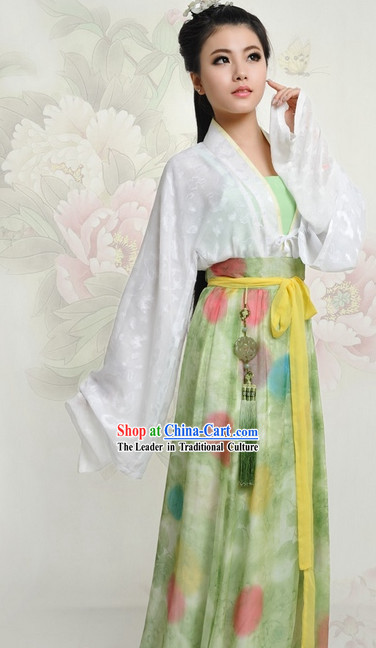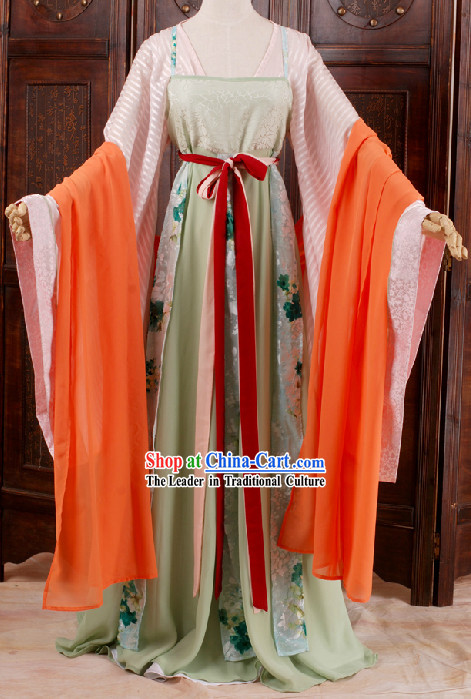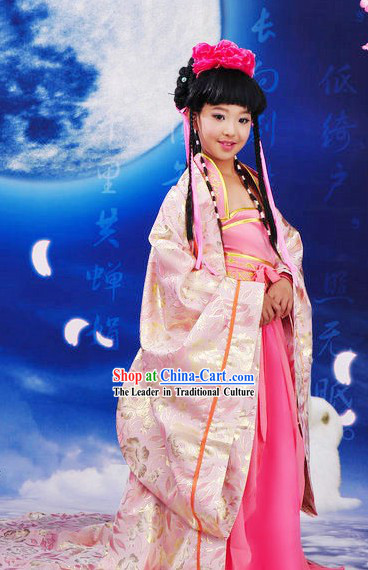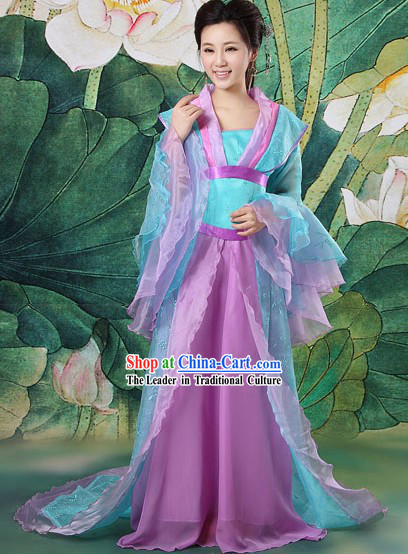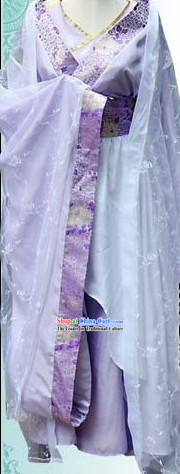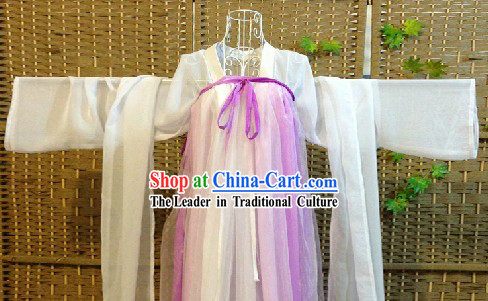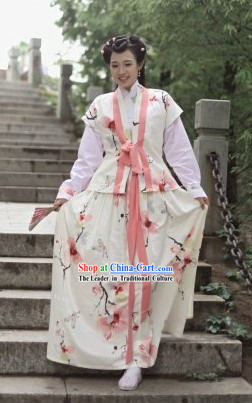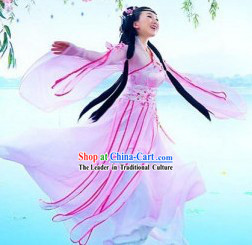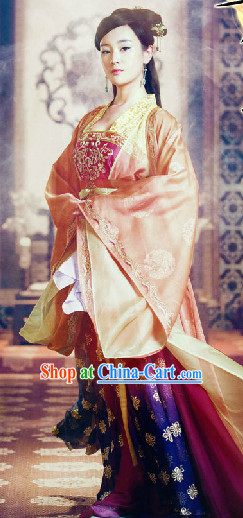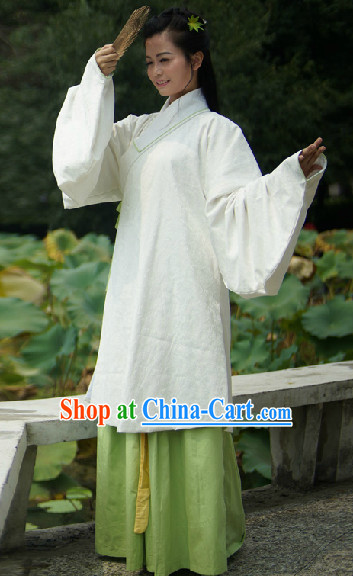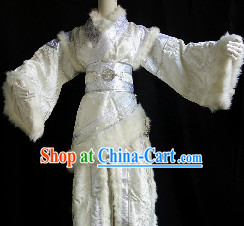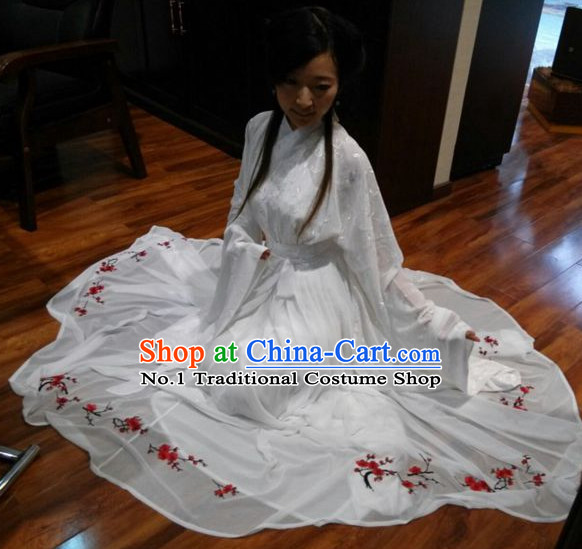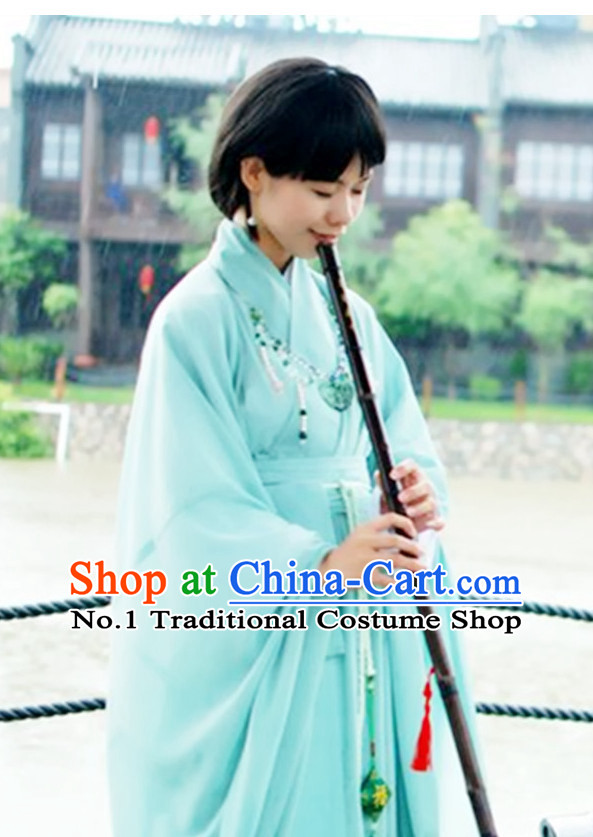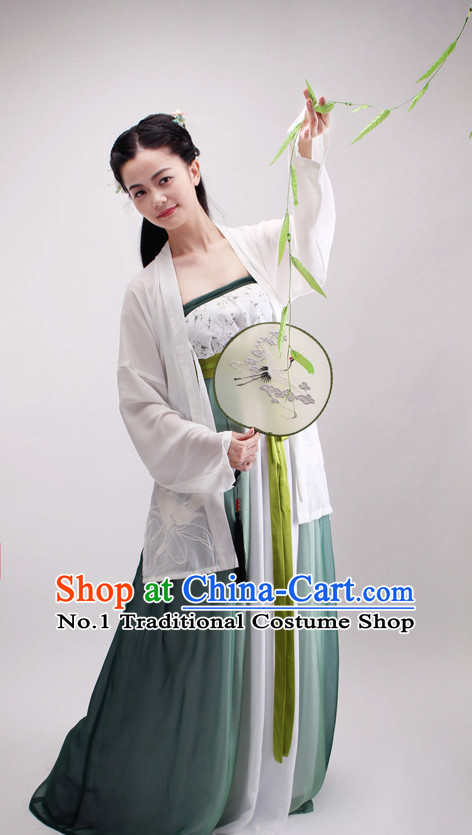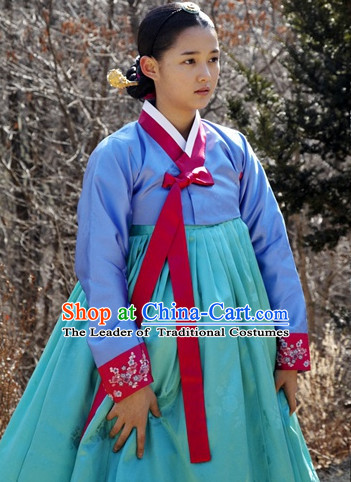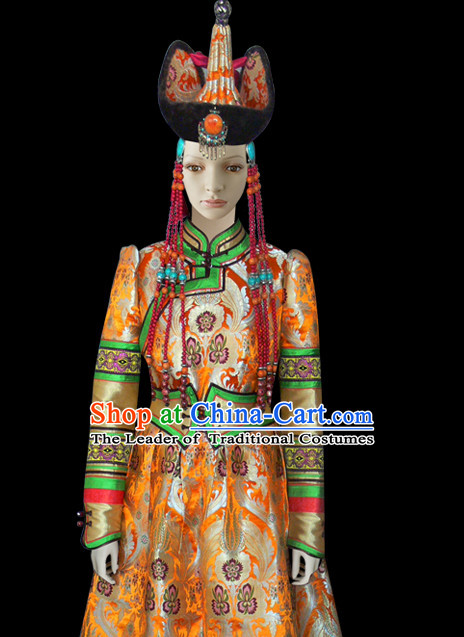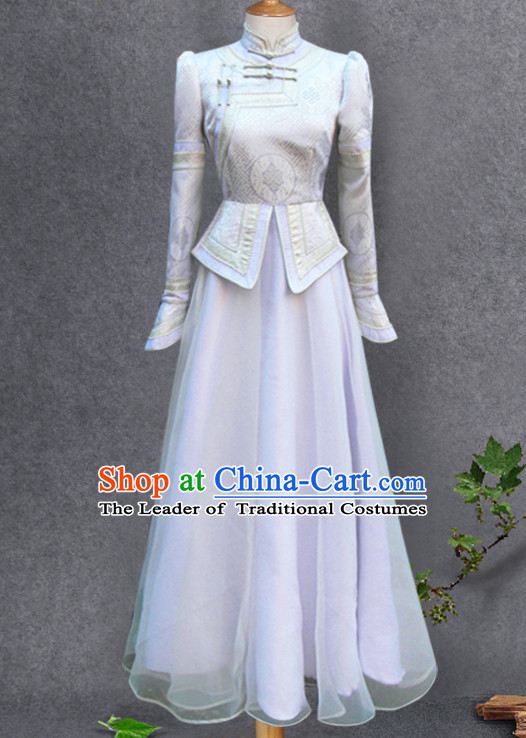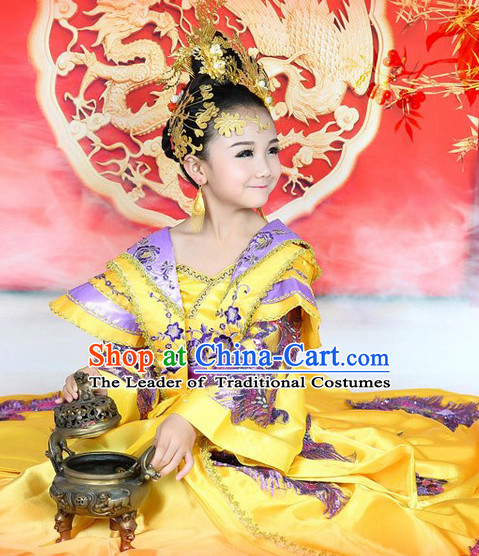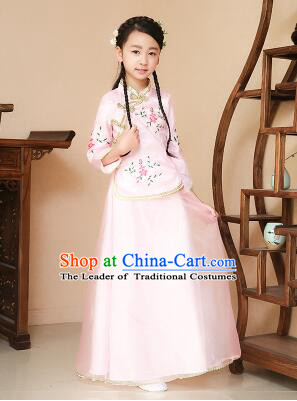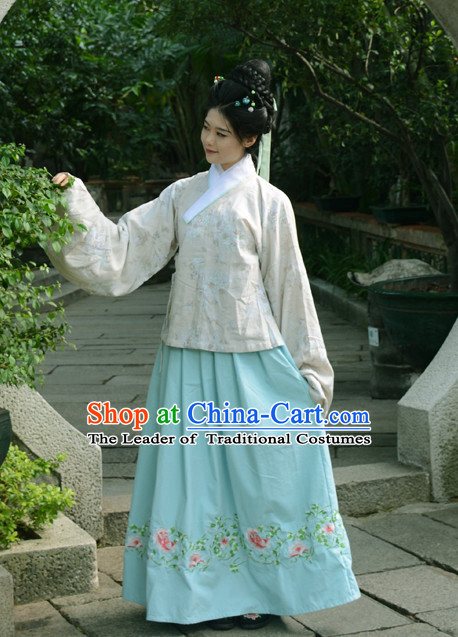
Click Related Pictures for More Audios:
The clothing of ancient Chinese women or girls, with its unique design and exquisite craftsmanship, reflects rich cultural connotations and historical significance.
These clothes are usually made of high-quality materials such as silk and cotton, with bright colors and intricate patterns that reflect the aesthetic concepts and values of the time.
In ancient China, women's clothing was not only for warmth and modesty, but also a symbol of status and social position.
For example, the robe worn by Han Dynasty women consists of an upper garment and a lower skirt, with collars, cuffs, and waistbands on the upper garment, and skirts and ankle bindings on the lower skirt.
This layered style allows women to adjust their clothing according to the occasion and season, showing elegance and dignity.
In addition, ancient Chinese women's clothing also has certain religious significance.
For example, the kasaya worn by Buddhist monks in the Tang Dynasty is a long robe with red, yellow, and blue colors, symbolizing auspiciousness, wisdom, and compassion.
This type of clothing is particularly common in temples and has become one of the symbols of Buddhist culture.
In summary, the clothing of ancient Chinese women or girls not only has practicality but also carries rich cultural connotations and historical significance.
They witness the changes of the times and inherit the cultural traditions of the Chinese nation, becoming an important window for us to understand the social customs of ancient times.
